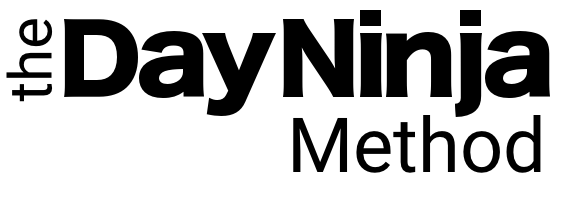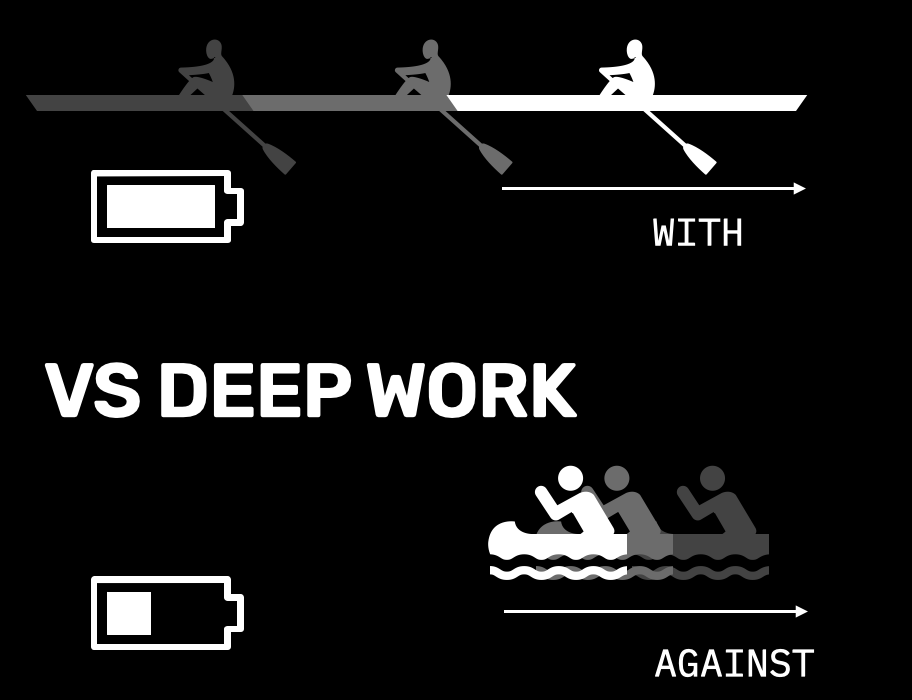Flow vs Focus: Flow state vs the Pomodoro technique
Flow vs Focus which is better?
As the developer of an app that is inspired by the pomodoro technique I am often asked variations of the same question about flow versus focus:
- Doesn’t a pomodoro timer interrupt flow?
- Isn’t flow better than focus?
The short answer is: “Flow beats Focus hands down”. I don’t think there would be a single person who would debate this unless they don’t fully understand the difference.
So why did I bother building a pomodoro timer style app? The main answer is simple: It is not easy to get into flow.
I’ll get into more reasons and why DayNinja is not a normal focus timer later, but first let’s make sure we are on the same page about flow and focus.
What is the difference between flow and focus?
What is focus?
Focus is defined as a cognitive state of attention whereby we direct all of our mental and physical faculties toward one objective. Focus allows us to avoid distraction or confusion.
When we discuss focus there is often associated cognitive effort required and in time our minds tire and need to rest. This true for example in complex problem solving like math or debugging software. There are some tasks that are done through sheer determination and effort — this requires focus.
What is flow?
Flow is described by Mihaly Csikszentmihalyi author of the book “Flow — The Psychology of Optimal Experience” where in:
“people typically experience deep enjoyment, creativity, and a total involvement with life.”
Flow is amazing! I personally seek to be in flow everyday whether it be now writing or coding, designing… any activity I undertake. When in the flow state I can achieve four times the productivity of a normal work day. I value flow so much that I measured my performance and flow state daily for a period of several years in order to develop the DayNinja Method of entering the flow state on demand.
However, through this process I also became aware of its’ arguable downsides. Quoting from the book of Flow again:
“a state in which people are so involved in an activity that nothing else seems to matter; the experience is so enjoyable that people will continue to do it even at great cost, for the sheer sake of doing it”
– Mihaly Csikszentmihalyi
This sounds positive and it is, but between the lines there is a negative we need to be aware of in the tail: “will continue to do it even at great cost”.
Problems with flow
The risk in flow is enjoying the feeling so much that we don’t want to break it, so we continue on an activity longer than it deserves — or worse: choosing activities that we know will induce flow rather than doing what we really need to do.
At the crux of this problem is that Flow releases powerful chemicals. The same chemicals that are associated with drugs like ecstasy: dopamine, norepinephrine, endorphins, anandamide and serotonin. These are all performance-enhancing, pleasure-inducing chemicals (ref).
It is important we measure our overall performance with a number of metrics and not be limited to purely favouring flow alone or we may become so caught up by the feeling of flow that we are some sort of flow junky — like those addicted to computer games or slot machines.
Focus is the precursor to flow
The truth is we don’t immediately enter into the flow state. Our minds need to be operating at a particular brain wave frequency to induce flow. When we arrive at our desk we are rarely in that state. We first have to consciously block the distractions and turn down the volume on all the thoughts that are bouncing around in our minds. For this reason, if you wish to enter flow you should chose the first block of ~30 mins carefully.
The “goldilocks” task — not too easy and not too difficult
By starting with a goldilocks task you are priming the brain for flow. The difficulty of the task will require focus. In this time your mind will block other distractions to engage deeply in the problem. If you choose something too easy the mind will have some scope to multitask or open to distraction — next minute you may find yourself on YouTube or answering a message or phone call.
10 Tips for using flow and focus together
- Become aware of the types of work you do and recognise what requires focus vs flow
- Measure how long these tasks typically take to complete. This will help you to plan your day
- Know what times of day are your most productive for flow vs focus
- Plan your day with no more than 6 tasks
- Start ‘flow’ period with a ‘focus’ block as an initial ‘Goldilocks’ task
- Setting a timer and estimating duration will help create urgency and induce focus
- Give yourself ample time for flow as stopping will break the flow
- Measure your time in both focus and in flow so you periodically ‘check yourself’.
- Reflect on your time spent on flow and evaluate whether you could have stopped earlier. i.e. Done is ofter better than Perfect.
- Use an app to help plan your days’ tasks and track your time.
How is the DayNinja App different to other Pomodoro timers
As a developer of the DayNinja App and also the creator of the DayNinja Method I am conscious of the nuances between Focus and Flow. I personally strive for flow but recognise the crucial role focus plays in reaching flow and in complex tasks.
I’ve designed and continue to adapt the app to handle both and ensure the pomodoro features do not interrupt flow.
Pomodoro timer features
DayNinja has the core feature of pomodoro timers with a default 25minute count down, 5 minute break and a long break of 15mins after each 4 blocks completed. All these settings are are all customisable.
The app also incorporates a fun to use to-do list for planning your day’s tasks. You can associate hashtags to identify types of work or projects at glance.
However, the DayNinja App has unique features for flow vs focus:
- DayNinja continues to track your time even when you don’t engage with the app — instead on returning to the app it asks whether you were on the same task up until that moment. This enables you to track flow time.
- Tasks can be estimated in blocks. eg: 2x 30min blocks.
- Shows time spent on each task presented on a day calendar view
- Projects the remaining tasks over the remaining time and between appointments in the day view so you can see what time you will finish
- Streaks and daily totals keep you motivated.
I initially wrote the DayNinja App in time when I was trying to rediscover flow. I was personally struggling to get into flow so focus with a lot of effort was required. If inducing the flow state is difficult for you then I suggest you read this post on how to get into the flow state.
- Note: “Pomodoro Technique” is a trademark of Francis Cirillo.




